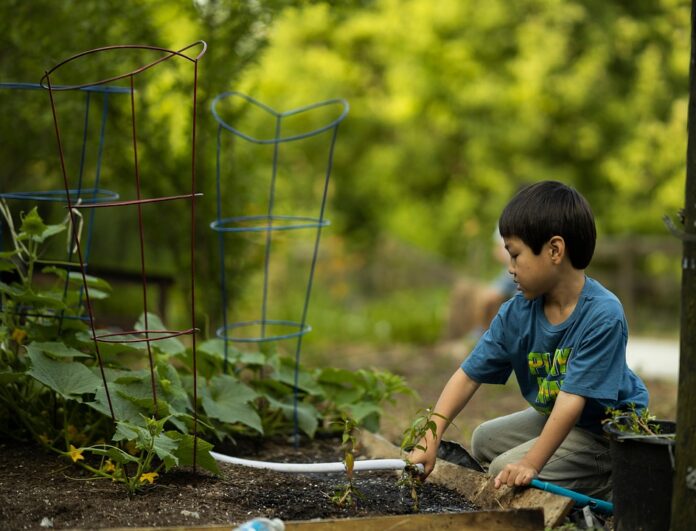Introduction
Packaging innovation plays a crucial role in reducing food waste in the fresh produce industry. By utilizing advanced technologies and materials, companies can extend the shelf life of fruits and vegetables, improve transportation efficiency, and enhance overall sustainability. In this report, we will explore how packaging innovation is helping to combat food waste in the fresh produce sector.
The Impact of Food Waste in the Fresh Produce Industry
Food waste is a significant issue in the fresh produce industry, with millions of tons of fruits and vegetables being discarded each year. According to the Food and Agriculture Organization of the United Nations, approximately one-third of all food produced for human consumption is lost or wasted globally. In the United States alone, it is estimated that around 40% of food goes to waste, with fruits and vegetables being among the most commonly discarded items.
Financial Implications of Food Waste
The financial implications of food waste are substantial, with the fresh produce industry losing billions of dollars each year due to spoilage and inefficiencies in the supply chain. In addition to the direct costs of wasted produce, companies also incur expenses related to disposal, transportation, and storage of unsold goods. By reducing food waste through innovative packaging solutions, companies can increase their profitability and sustainability.
The Role of Packaging Innovation in Reducing Food Waste
Packaging innovation is a key strategy for reducing food waste in the fresh produce industry. By implementing technologies such as modified atmosphere packaging, vacuum sealing, and antimicrobial coatings, companies can extend the shelf life of fruits and vegetables, thereby reducing spoilage and improving product quality. Additionally, innovative packaging solutions can enhance the efficiency of transportation and storage, leading to further reductions in food waste.
Industry Insights
Several companies in the fresh produce industry have embraced packaging innovation as a means to reduce food waste and improve sustainability. For example, NatureFresh Farms, a leading greenhouse grower in North America, has implemented advanced packaging technologies to prolong the shelf life of its tomatoes and peppers. By using specialized packaging materials and designs, NatureFresh Farms has been able to reduce waste and increase the freshness of its products.
Consumer Trends
Consumer demand for sustainable and environmentally friendly packaging solutions is driving innovation in the fresh produce industry. According to a study by Nielsen, 73% of consumers are willing to pay more for products that come in sustainable packaging. As a result, companies are investing in eco-friendly materials and designs to meet the growing demand for environmentally conscious packaging options.
Case Study: Apeel Sciences
Apeel Sciences is a California-based company that has developed a plant-derived coating for fruits and vegetables that extends their shelf life. The coating forms a protective barrier around the produce, reducing moisture loss and inhibiting microbial growth. By using Apeel’s innovative technology, produce can stay fresh for significantly longer periods, reducing the need for frequent restocking and minimizing food waste.
Financial Data
Apeel Sciences has raised over $110 million in funding from investors, including Andreessen Horowitz and the Bill & Melinda Gates Foundation. The company has also partnered with major retailers such as Costco and Kroger to introduce Apeel-coated produce in their stores. With a growing market demand for sustainable packaging solutions, Apeel Sciences is well-positioned to continue expanding its presence in the fresh produce industry.
Conclusion
Packaging innovation is a powerful tool for reducing food waste in the fresh produce industry. By leveraging advanced technologies and materials, companies can extend the shelf life of fruits and vegetables, improve transportation efficiency, and enhance overall sustainability. As consumer demand for eco-friendly packaging options continues to rise, the adoption of innovative packaging solutions will play a critical role in combating food waste and creating a more sustainable food system.




